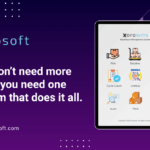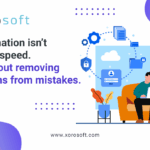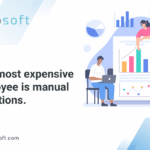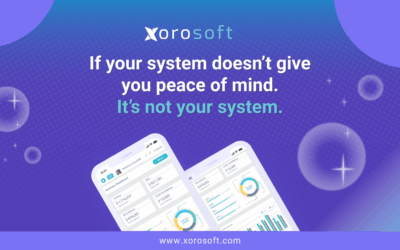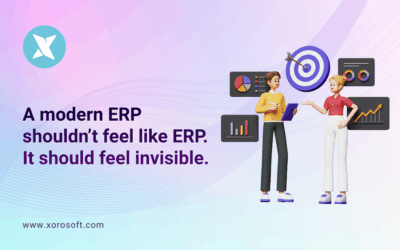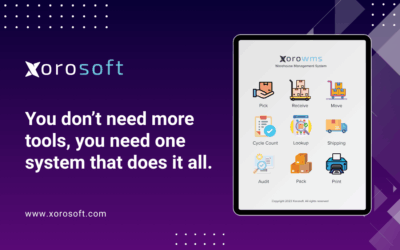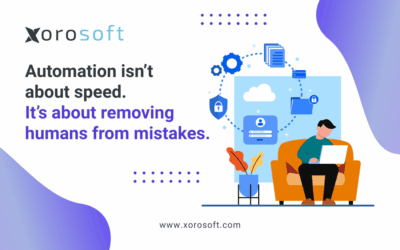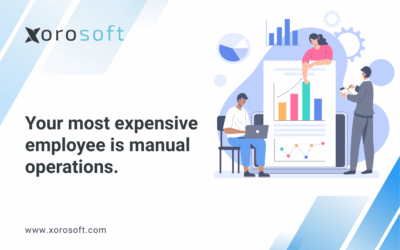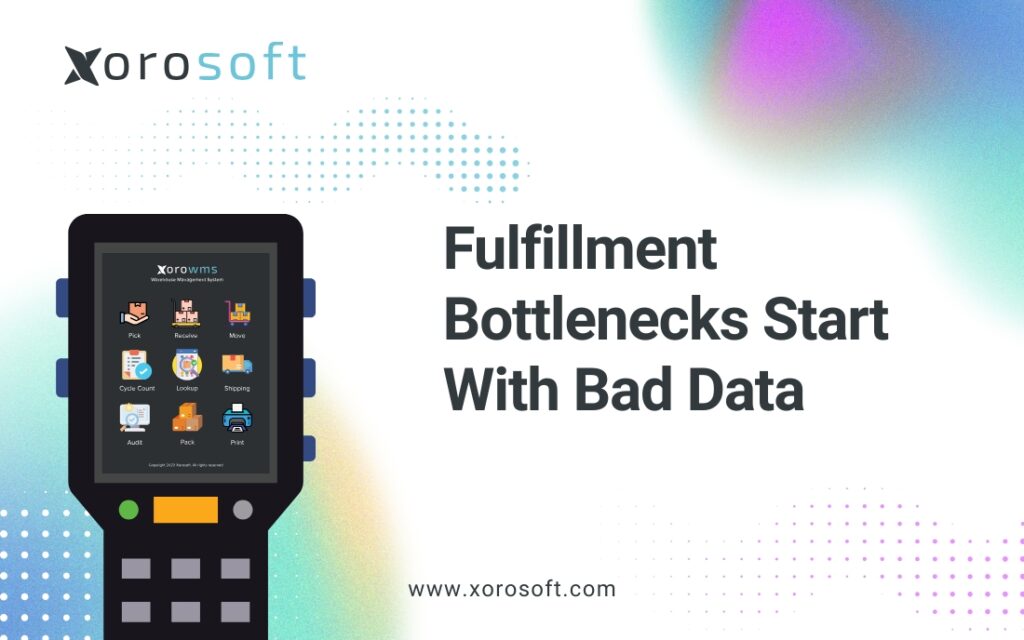
Why Fast Shipping Still Fails Without Clean Data
In comparison, fulfillment bottlenecks rarely happen because of slow staff or bad couriers. Additionally, most often, bad data causes inventory mismatches, order delays, and customer frustration.
While this is true, you might have a fast warehouse team and solid shipping partners, but disconnected or outdated systems cause everything to fall apart quickly. In fact, fulfillment issues usually begin long before the product ever reaches the shipping dock.
The Real Problem: Fulfillment Bottlenecks Are Everywhere
Additionally, in growing businesses, fulfillment bottlenecks appear in ways that are easy to miss:
-
Shopify shows an order as “fulfilled” even though your inventory system still marks it “pending”
-
Duplicate SKUs confuse your pickers across different systems
-
Someone moves stock in the warehouse, but no one updates the location
-
Your team processes a return, but the accounting software still treats it as sold
At first, these problems seem minor. However, they add up quickly—especially when you’re scaling. As a result, your team shifts into firefighting mode instead of focusing on fulfilling orders. Before long, delays rise, accuracy drops, and customers start to complain. More importantly, your operational confidence suffers.
Still, these issues stem from a deeper problem.
Why Fulfillment Bottlenecks Happen: Disconnected Tools
To illustrate, disconnected tools and workflows often trigger fulfillment bottlenecks. To clarify, here’s why:
Growing businesses frequently patch together systems:
-
Shopify or Amazon for e-commerce
-
Excel sheets or plug-ins for inventory
-
QuickBooks for accounting
-
Separate tools for WMS, shipping, and 3PL
-
Email or Slack for internal communication
In other words, each tool controls part of your operations. However, these tools rarely communicate well. Consequently, you face:
-
Data silos that block real-time visibility
-
Manual sync issues that slow down your processes
-
Duplicate or mismatched data that leads to fulfillment mistakes
-
Multiple sources of truth, which cause confusion among teams
Because of this, your team spends hours fixing mismatched data just to complete daily orders.
Fixing Fulfillment Bottlenecks with Unified ERP
Clearly, if you want to eliminate fulfillment bottlenecks, stop thinking in silos. Instead, start thinking in systems.
More importantly, a unified ERP platform connects everything—your inventory, warehouse, orders, shipping, and accounting. As a result, every team accesses the same data at the same time and acts with confidence.
What this shift unlocks:
-
Real-time inventory visibility across all locations
-
Accurate order syncing between e-commerce and warehouse
-
Automated fulfillment processes that reduce manual effort
-
Integrated returns and accounting workflows
-
Live dashboards that align every team
To put it simply, this change does more than improve efficiency—it empowers your entire business. Once you remove fulfillment bottlenecks, you ship faster, reduce mistakes, and earn customer trust.
How Xorosoft ERP Solves Fulfillment Bottlenecks
Undoubtedly, Xorosoft ERP helps businesses overcome the exact data and operational challenges that create fulfillment bottlenecks.
Here’s what makes Xorosoft different:
➜ Cloud-native and real-time
Gain live visibility into inventory, orders, warehouse activity, and financials—no delays, no refreshes, no blind spots.
➜ Built-in WMS (not a bolt-on)
Control bin locations, picking, packing, and shipping inside the ERP. You won’t need to switch between systems.
➜ Powerful integrations
Xorosoft connects natively with Shopify, Amazon, EDI, 3PLs, and more. Your data flows automatically, cleanly, and accurately.
➡ See us on the Shopify App Store
➜ Hundreds of APIs for automation
Automate everything—from purchase orders to shipping labels—without building from scratch.
➜ Ranked #1 in Ease of Use on G2
Xorosoft ERP earned top marks on G2 for being intuitive and user-friendly.
➡ See our G2 ranking
➜ Supports complex operations
Run multi-location warehouses, handle multiple currencies, and set fulfillment rules per sales channel—all from one system.


